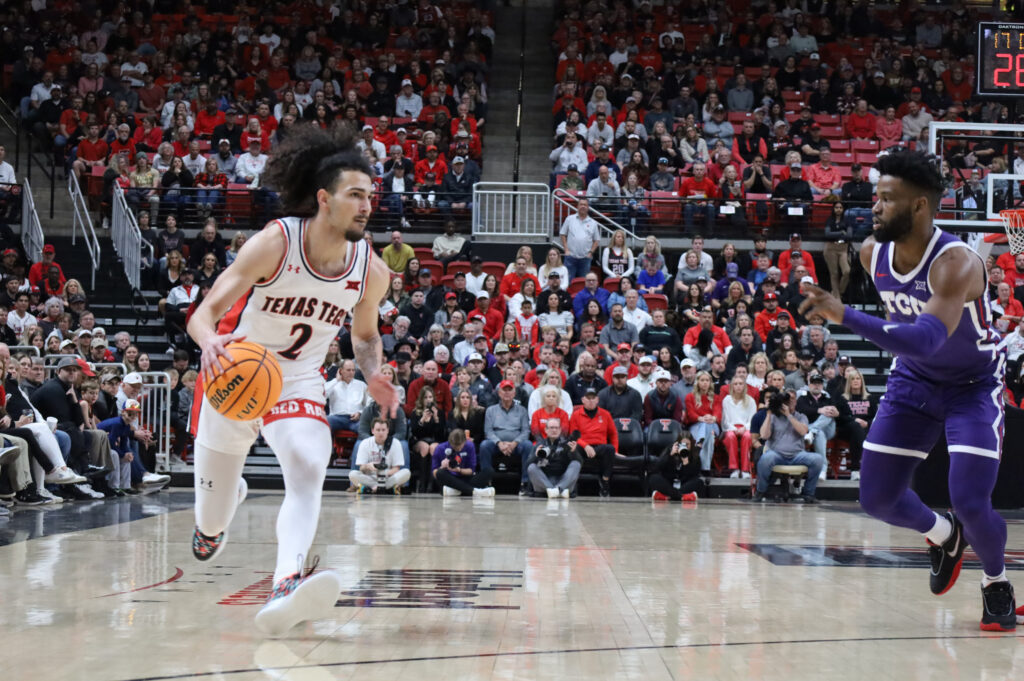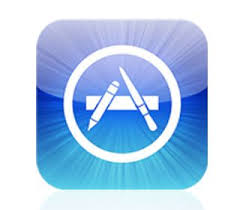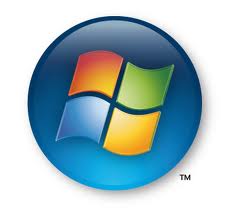
For most, change can be scary.
When the status quo for your favorite basketball program yields four tournament appearances and zero losing seasons in seven years, it makes inevitable change all the more intimidating.
Such change has swept through the Texas Tech men’s basketball program as newly appointed head coach Grant McCasland prepares for his rookie campaign in Lubbock. His inaugural season will open Wednesday night at home against Texas A&M-Commerce.
Sans one game under interim head coach Corey Williams, this Wednesday will be the first time since 2016 that the Red Raiders will be led by a head coach not named Mark Adams or Chris Beard.
Beard has the highest winning percentage in program history, having won 67.1% of his contests during his five seasons as head coach from 2016-2021. When he bolted for Texas in the spring of 2021, his longtime assistant Adams took over from 2021-2023 while retaining Beard’s defensive philosophy and a handful of his players.
Under Beard and Adams, the Texas Tech men’s basketball program soared to new heights behind consistently cohesive and disruptive defensive units that were often centered around gifted offensive playmakers like Jarrett Culver, Keenan Evans and Terrance Shannon Jr.
An Elite Eight run in 2018, Final Four run in 2019 and Sweet 16 run in 2022 all contributed to making the Red Raiders’ 16-16 record in the 2022-2023 season feel all the more lackluster. Compound that .500 season with the fact it took the team nine tries to collect their first conference win alongside an eventual ugly departure from Coach Adams and it becomes easier to see how a change from the status quo became necessary.
Following Adams’ resignation from his position in March and the season’s merciful one-and-done end in the Big 12 tournament, a four-person search committee was formed to find the 19th head coach in program history.
After three weeks of searching, they landed on McCasland.
The 47-year-old Baylor alum comes to the 806 fresh off a six-season stint leading the Mean Green of the University of North Texas. During his time in Denton, McCasland garnered a 135-65 record with one NCAA Tournament appearance in 2021 and one NIT Championship in 2023.
After losing Fardaws Aimaq and Jaylon Tyson to the transfer portal and Kevin Obanor to graduation during the offseason, McCasland and his staff supplemented the roster by bringing in transfers like Chance McMillian from Grand Canyon, Joe Toussaint from West Virginia and Devan Cambridge from Arizona State.
The 2023-2024 Red Raiders’ first taste of competition came last week in an exhibition game against former Big 12 (and Southwest Conference!) rival Texas A&M. Tech beat the No. 15 Aggies 89-84 and successfully secured whatever bragging rights an exhibition game can warrant, but it was the way in which they won that signaled the beginning of their new era.
Tech shot 14-for-34 from three-point range en route to victory. That number equals a 41.2% clip from beyond the arc. Returning sophomore guard Pop Isaacs went 6-for-10 from long range while McMillian nailed 4 of his 12 off the bench.
Isaacs led all scorers with 30 points while McMillian donated 17. Four Red Raiders scored in double figures.
The 34 three-point attempts that the Red Raiders took against Texas A&M represents nearly double the 18 three-point attempts that the program was taking on a per-game basis in Beard’s first season in 2016-2017. Since then, the most threes that the Red Raiders have taken per game was last year’s 20.8 in Isaacs’ freshman season and 20.4 during the shortened 2019-2020 COVID season.
“I think this team can shoot the ball well,” McCasland said at Friday’s availability. “We actually were 8-for-9 from three in transition, which is a crazy number. If we do that, we’ll have an opportunity to win a lot of games.
“I think that all happened because of one person. Warren did an unbelievable job running. They converged on him and really packed the paint and that opened up the opportunities. Everybody was talking about the guys that made threes; the assist guy was Warren Washington. He really created a lot of attention at the rim and in transition. I thought he was the difference in us making threes.”
It seems plausible that the recent three-point and spacing boom (popularized by Steph Curry and the Golden State Warriors) that has swept through and changed the basketball world has finally reached Lubbock, even if it took a few years longer.
In the 2010-2011 NBA season, three-pointers made up just 22.2% of teams’ field goal attempts. In the years since, Steph Curry of the Golden State Warriors and James Harden of the player-empowerment carousel have taken turns shattering and re-shattering the single-season three-point attempt record while changing the game along the way. More recently in the 2020-2021 season, three-pointers made up a whopping 39.2% of teams’ field goal attempts.
This philosophical change in the sport has led to unexpected circumstances like Houston Rockets general manager Daryl Morey taking the term “small ball” to a new level by flipping rim-running starting center Clint Capela for the floor spacing Robert Covington in 2020. This move forced the playoff-bound Rockets to utilize a starting five where no player stood taller than 6’7″. More bizarre fallout includes mediocre swingmen like Duncan Robinson and Davis Bertans each getting extensions north of $80 million in recent years.
Like on base percentage in baseball around the turn of the century, three-point percentage has suddenly become a much more crucial (and often, overrated) number when it comes to evaluating basketball players. It may seem like it should have taken the basketball world less than 65 years to fully comprehend that three points are worth more than two, but hey, they eventually got there.
This evolution has affected the college basketball landscape in addition to the professional game, but you might not have noticed if you have been strictly paying attention to the Texas Tech men’s basketball team.
In seven years under Beard and Adams, the Red Raiders attempted less than 20 threes per game four times and attempted 21 or more threes per game zero times.
Likewise, in six years at North Texas, McCasland’s teams attempted less than 21 threes per game only once when they took 20.4 threes per game during the shortened 2019-2020 Covid season.
The Mean Green took 25.4 threes per game at their peak in the 2018-2019 season. That’s 4.6 threes, or 13.8 potential points, more than the Red Raiders were taking during their three-point peak last season.
If the Red Raiders are going to embrace the modern long-range game, they will likely look no further than their starting point guard to lead the charge. Isaacs, who shot 60% from downtown against the Aggies, is coming off a freshman season where he shot 37.8% from deep on 6.6 attempts per game.
“I want to be able to shoot 40 percent,” Isaacs said at Friday’s availability. “I feel like I could have done it last year. So things happen, you know, I got hurt [last season]. I mean 40% is my goal, honestly, and I know I’m more than capable.”
After Aimaq and Tyson bolted for greener pastures at Cal, Isaacs became the most notable returner for the Red Raiders as they transitioned from the Adams regime to the McCasland regime. Presumably, he will be the focal point of the Red Raiders offense this season.
Isaacs averaged 11.5 points, 2.7 assists, and 1.0 steals per game in his freshman season. He appeared in 25 games and started in 24 of them.
Five Red Raiders took three or more three-pointers in their recent exhibition, proving they will not fear the open look when opportunity provides. In both of the last two seasons, Tech has shot below 35% as a team from deep, including a dismal 32.1% clip during the 2021-2022 season.
Change is coming for the Red Raiders, and we caught a taste of it against Texas A&M. The Beard and Adams defenses are gone, but so too could be their often lacking offensive schemes.
Through all of their ups and downs, the Red Raiders have warranted an AP Poll ranking at some point during each of the last six seasons. Many are skeptical that Tech will be able to maintain such pace amidst the transition.
Recently they were ranked eighth out of the 14 teams in the Big “12” during the annual preseason coaches poll. The saving grace this season for the Red Raiders could be their three-point production.
Change from a seven-year stretch that welcomed 155 wins is certainly intimidating, but it is coming…like it or not.
In the world of sports, it is simple. Adapt or die.




